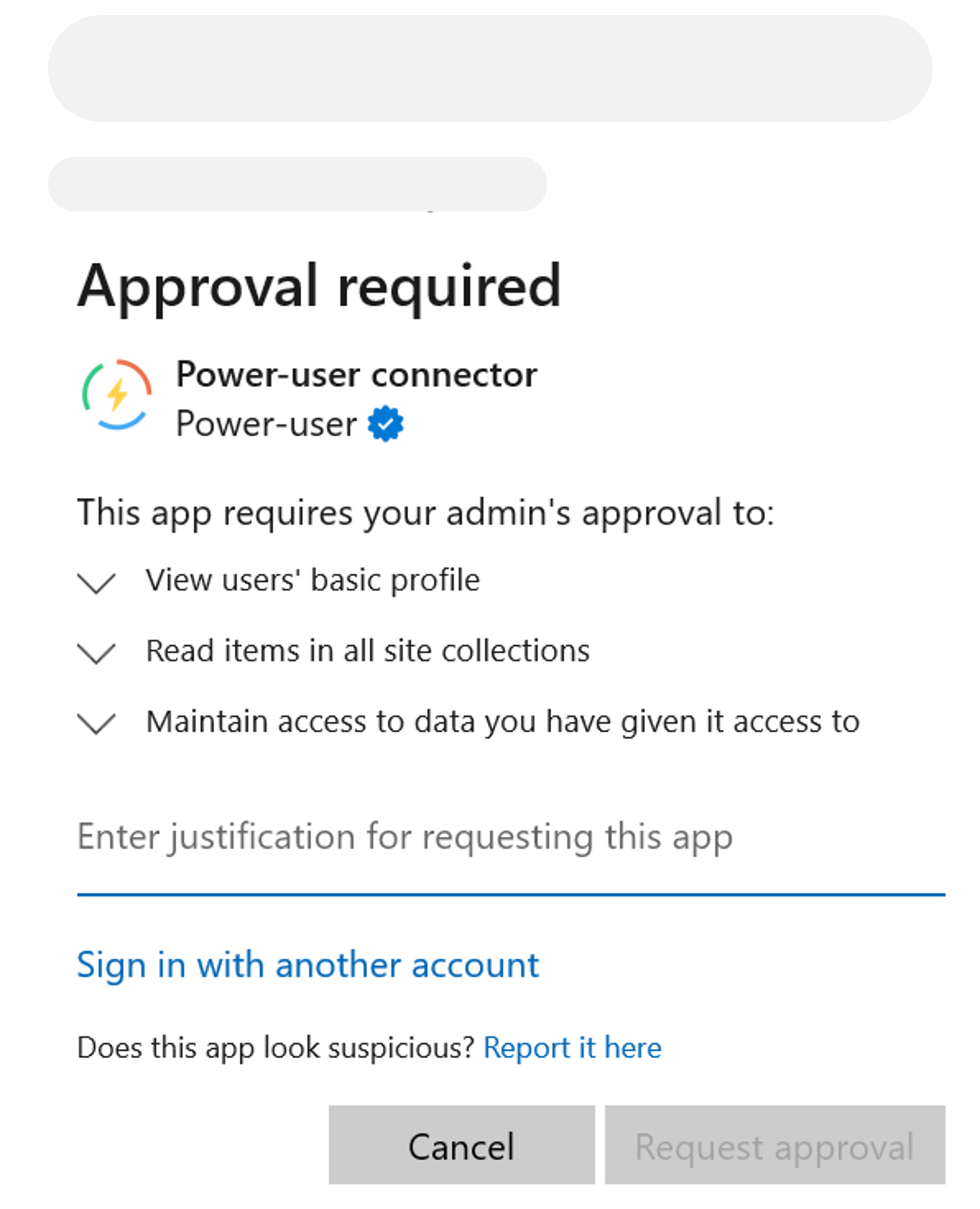To set up new assets in the Library, you will need to create a direct link to these assets. The direct link will then be used by each user's computer to pull the assets from the shared location.
The way to get the direct link depends on the storage solution you are using.
For a file on a shared drive / local network
Saving the files on a shared drive is the solution we usually recommend, as it makes the integration in the Library very easy.
Place the file in the drive, and then just copy the full path to that file into the Path parameter.
Example: H:\Tools\Power-user\PowerPoint templates\Assets.pptx
For a file saved on OneDrive or SharePoint

- Copy the link:
- For a file synced on the computer, right-click it the file, click "OneDrive" options, and then "Copy Link".
- Alternatively, copy a link to the file from the browser or Teams view if the file is not locally synced.
- In the admin portal, paste the link it in the Path parameter.
Adding the Power-user Connector
After a Library has been added via SharePoint, users will see it in the Library. When they click it, a prompt to login will show up, followed by one of the dialogs below:

Or:

This dialog means that your organization needs to give consent for Power-user on the user machine to access the SharePoint files on behalf of the user.
- If you are an IT admin, you see the dialog from the 2nd screenshot, and you can directly select the box to give consent on behalf of your organization
- If you are not an IT admin, you can add a justification and send the request. The admin will receive a request for access via Microsoft Entra. They need to add a Connector to allow users to connect to the SharePoint file through Power-user.
For this, an IT administrator needs to log in to your Microsoft Entra account. In Enterprise Apps, they should see Power-user in the list of all applications:

Then, in "Permissions", they can click "Grant admin consent for powerusersoftware.com".

Subsequently, when a user try to access the files via the Power-user Library, they should be able to access without difficulty and obtain the download of the targeted files.
This action only needs to be taken once for the entire organization.
For other file-sharing solutions
If the assets are in a folder which is synced on the machine of each user
Copy the full path to that file or folder (including the file name and extension). Paste it into the Path parameter in the portal, and use environment variables to make sure this path will correspond to the local path on each user's machine, as underlined in the example below.
Example: C:\Users\%USERNAME%\My-Storage_Solution\Power-user\PowerPoint templates\Assets.pptx
If the folder is not synced on the machine of each user
When the assets are not synced on the users' machines, the path will take the form of a web url.
This solution works with shared templates, but cannot work for sharing libraries of icons and pictures.

- Right-click the file from Drobox, and hit "Copy link" or "Share".
- You will get a url like this: https://www.dropbox.com/s/1di7uu4ydgpagrv/Presentation%2.pptx?dl=0
- Replace "dl=0" with "dl=1" in the url, like this: https://www.dropbox.com/s/1di7uu4ydgpagrv/Presentation%2.pptx?dl=1
- Paste the transformed link in the Path parameter.

- If the file is synced on the computer, just paste the full file path, for instance: G:\Shared drives\MyFolder\MyFile.pptx
- if the file is not synced on the computer, you will need to create a direct link:
- Right-click the file from Google Drive, and hit "Copy link" or "Share".
- You will get a url like this: https://docs.google.com/presentation/d/xa8frVaCo/view?usp=sharing/edit?usp=sharing&ouid=107917002069511850866&rtpof=true&sd=true
- Replace "presentation/d/" with "uc?export&id=" in the url, and remove everything after the file ID, like this: https://drive.google.com/uc?export=download&id=xa8frVaCo
- Paste the transformed link in the Path parameter.
- Right-click the file from Box, and hit "Share".
- Close the popup by clicking on the cross icon in the upper right corner of this window
- Click the name of the file you shared. Once you click on the file name, the web browser's address bar will get a url like this: https://power-usersas.app.box.com/file/885413429030?s=xtfir6dmbclgj551km1zrics86jnhh3m
- Copy and paste red information in WordPad and paste them in the following URL: https://app.box.com/index.php?rm=box_download_shared_file&shared_name=xtfir6dmbclgj551km1zrics86jnhh3m&file_id=f_885413429030?s
- Paste the transformed link in the Path parameter.
Was this article helpful?
That’s Great!
Thank you for your feedback
Sorry! We couldn't be helpful
Thank you for your feedback
Feedback sent
We appreciate your effort and will try to fix the article
